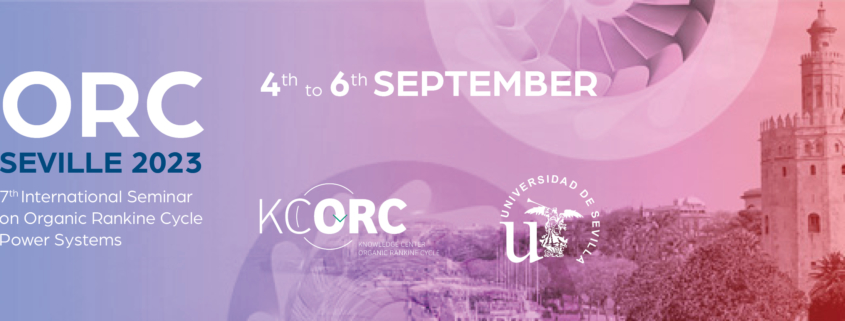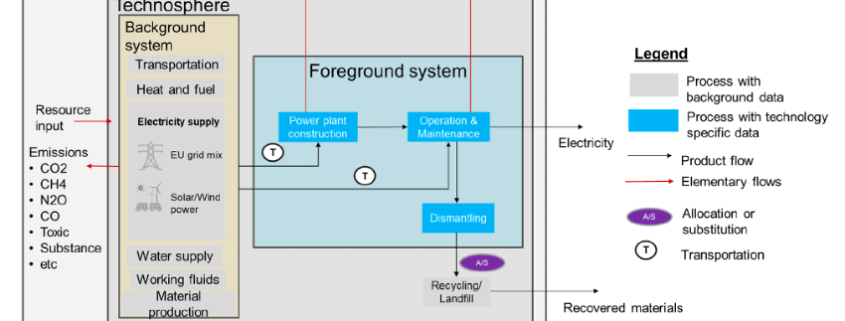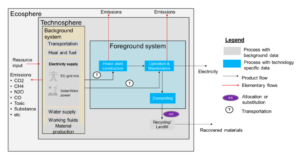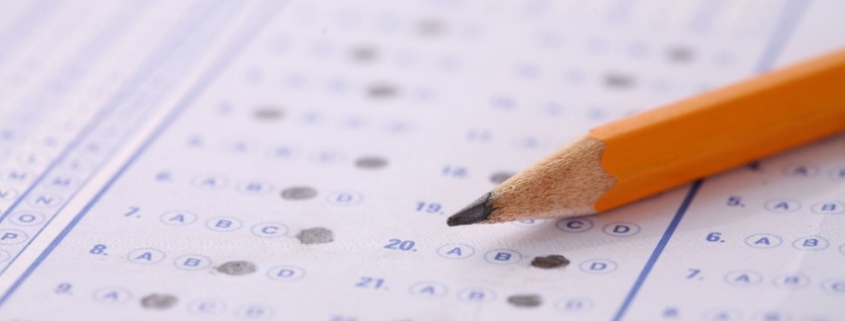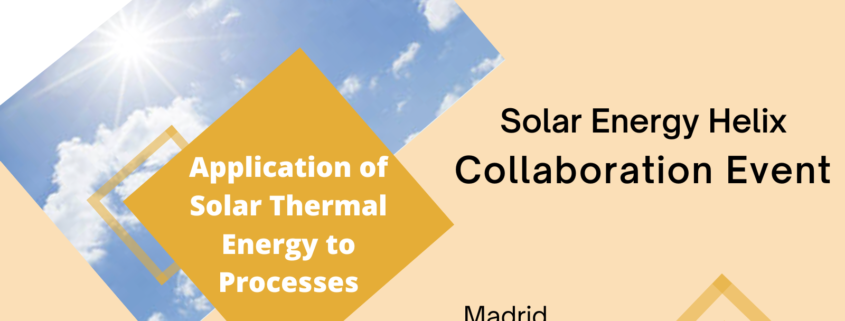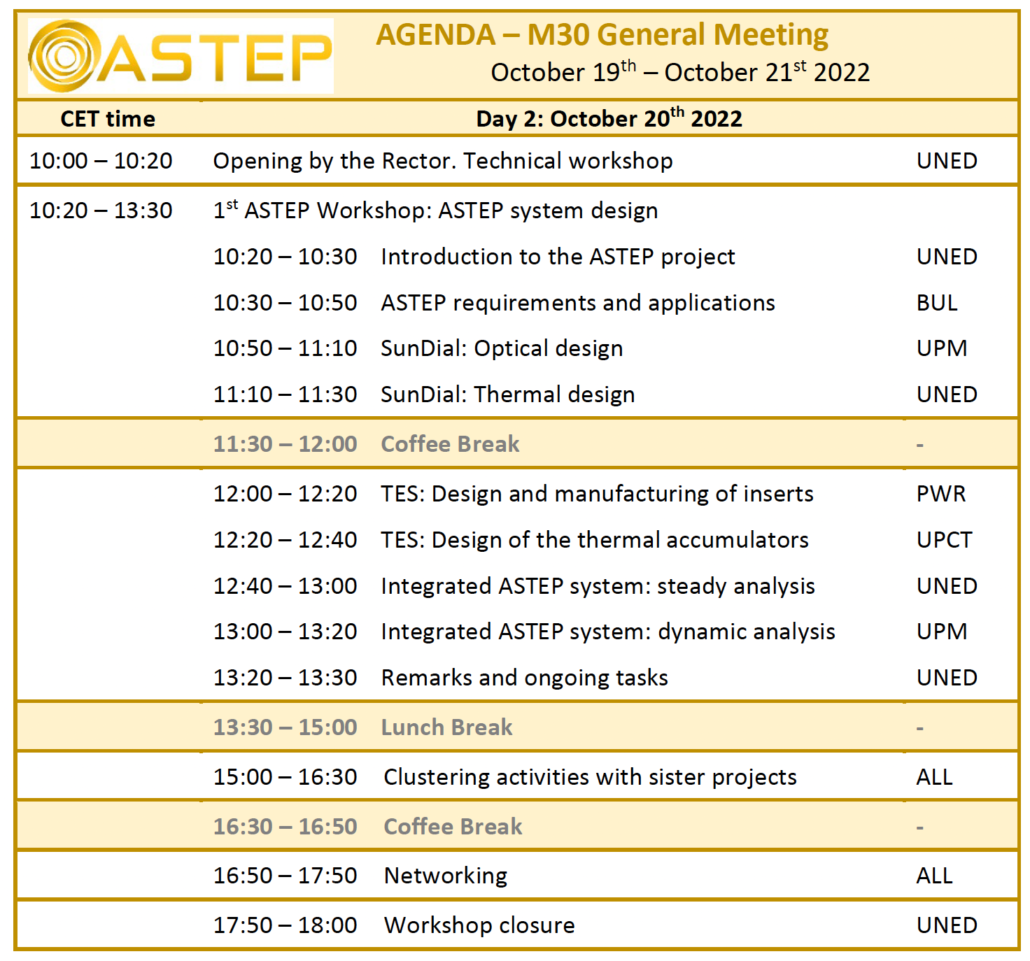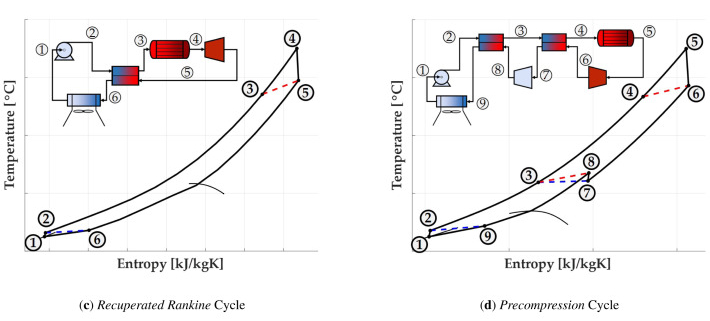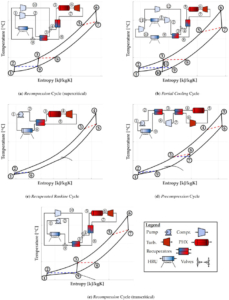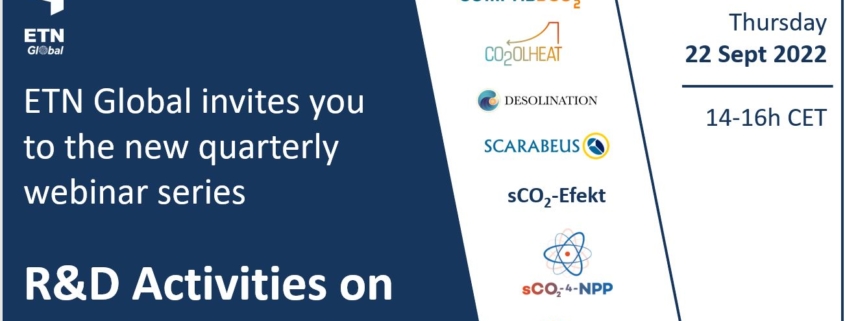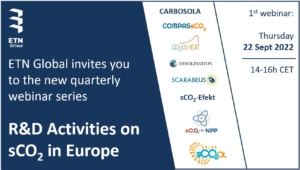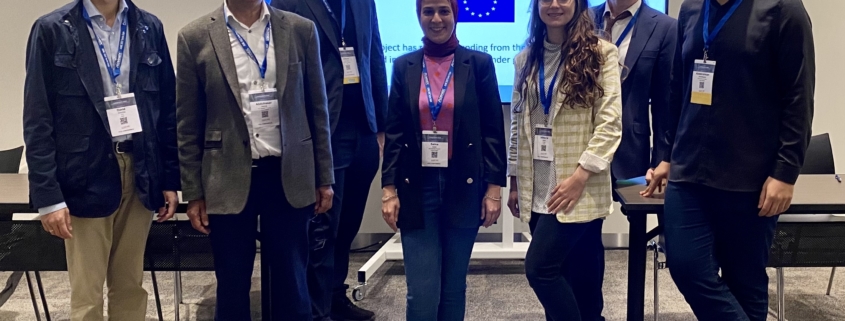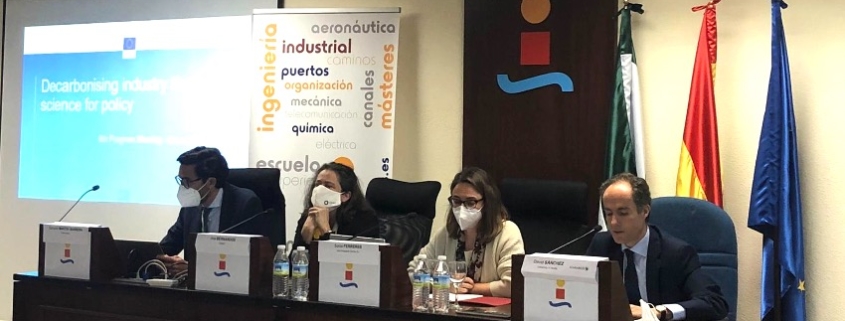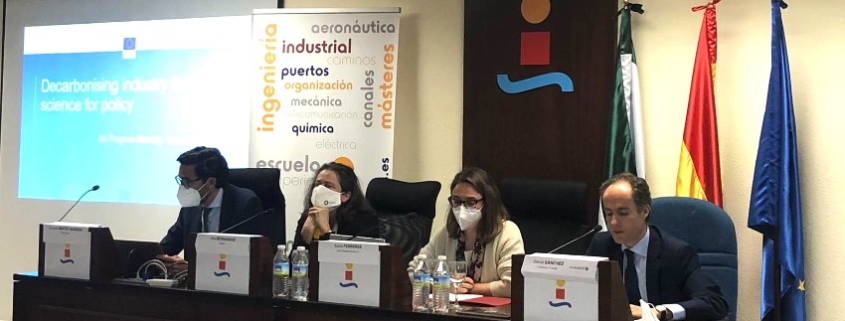Taking advantage of the progress meeting being held in Seville, hosted by University of Seville and Abengoa, the SCARABEUS consortium organized a joint dissemination event along with other two projects funded by the Horizon 2020 programme of the European Commission was organized, with the agenda below.
| H2020 Networking Session SCARABEUS (Sala de Juntas) @ USE |
|
Time slot |
What |
| April 20th |
09:45 |
10:00 |
Welcome
Prof. David Sánchez, University of Seville |
| 10:00 |
10:45 |
SOCRATCES, SCARABEUS & SOLARSCO2OL: key enabling technologies for fully dispatchable solar electricity (Chair: Dr. Noelia Martínez)
SOCRATCES – Enabling Large-Scale Solar Energy Storage
Prof. Ricardo Chacartegui (Project Coordinator)
Dep. Energy Engineering, University of Seville
SCARABEUS – Breaking the Temperature Chain to Enable Cost-Effective Solar Thermal Electricity
Prof. Giampaolo Manzolini (Project Coordinator)
Department of Energy, Politecnico di Milano
SOLARSCO2OL – Solar based sCO2 Operating Low-cost Plants.
Mr. Antón Lopez
Solar Innovation Department, Abengoa Energía |
| 10:45 |
11:15 |
Coffee break |
|
| 11:15 |
12:45 |
Role of CSP in the future energy landscape (Chair: Prof. David Sánchez)
Decarbonising industry through science for policy
Dr. Sonia Fereres. Scientific Project Officer JRC B5 (Circular Economy and Industrial Leadership), European Commission.
Challenges of CSP Technology in the Energy Transition
Dr. Ana Bernardos. Head of Photo-thermal Innovation and Technological Development Unit. Solar Energy Technologies and Storage Department. CENER.
CSP definition, services and future.
Dr. Gonzalo Martín Barrera
Secretary General of Protermosolar. |
SOCRATCES (SOlar Calcium-looping integRAtion for Thermo-Chemical Energy Storage) is a research and innovation action with a total budget of 5 M€ aimed at aimed at demonstrating the feasibility of integrating Calcium Looping into CSP by erecting a pilot-scale plant that uses cheap, abundant, and non-toxic materials as well as mature solar and fluidized bed reactor technologies for energy storage. SOLARSCO2OL (SOLAR based sCO2 Operating Low-cost plants) is also an innovation action with a total budget of 13.4 M€ (10 M€ contribution by the EC) aimed at demonstrating the first MW Scale EU sCO2 power block operating in a real CSP plant.
A first technical session was held in the first part of the morning, where the project coordinators of SOCRATCES (Prof. Ricardo Chacartegui, University of Seville) and SCARABEUS (Prof. Giampaolo Manzolini, Politecnico di Milano) and a representative of the SOLARSCO2OL consortium (Mr. Antón López, Abengoa) shared the main characteristics, challenges and outcomes of the project, along with the foreseen future impacts on technology and society. The panel was chaired by Dr. Noelia Martínez (Abengoa), Exploitation Manager of SCARABEUS.
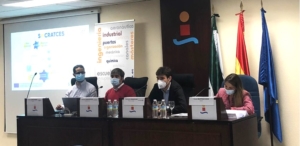
Panel session on key enabling technologies for fully dispatchable solar electricity.
After a networking coffee-break, the second session took place. This was a high-level panel session with delegates representing the industry (Dr. Gonzalo Martín-Barrera, PROTERMOSOLAR), scientific community (Dr. Ana Bernardos, CENER) and government (Dr. Sonia Fereres, European Commission), chaired by Prof. David Sánchez (University of Seville), Dissemination Coordinator of SCARABEUS. The talks were very complementary to one another and presented an excellent overview of how joint collaboration by institutions and companies in all three sectors is needed to effectively accomplish the very large challenges ahead. The interaction with the audience was very lively and raised lots of questions that are now more pressing than ever. The discussion also expanded into how to effectively tackle aspects such as security of supply and sustainability of future energy sources in the new sociopolitical scenario, and the role to be played by CSP.
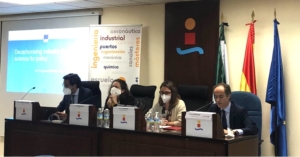
Panel session on the role of CSP in the future energy landscape.
From the SCARABEUS, thanks you very much for supporting and joining this event.
N.B.: The presentations by the speakers will be made available on our website soon,

